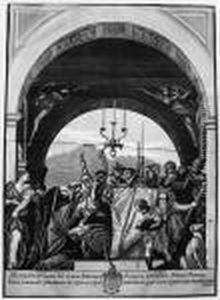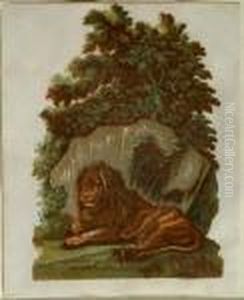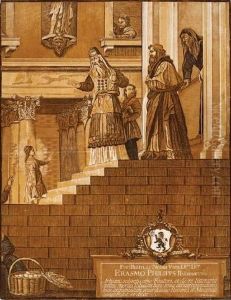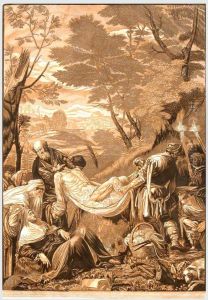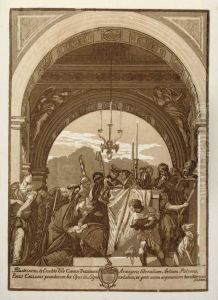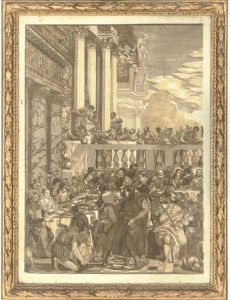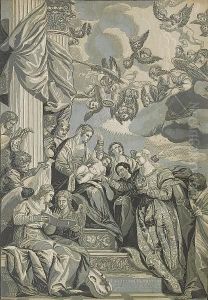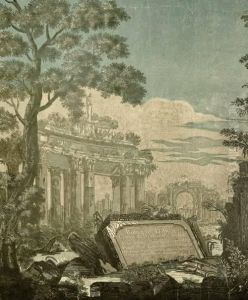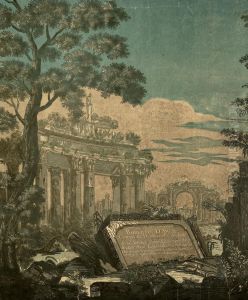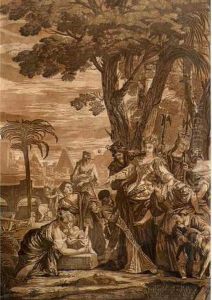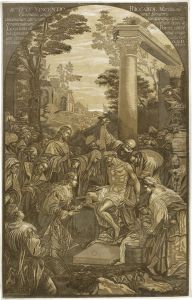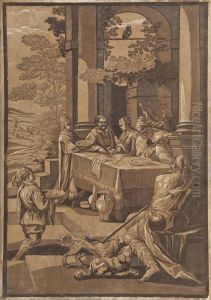John Baptist Jackson Of Batersea Paintings
John Baptist Jackson was an English wood-engraver and printmaker who was born in 1701 in Battersea, which is now part of London. He is best known for his experiments with chiaroscuro woodcuts, a technique that involves using different blocks for different colors, which results in a more painterly effect than traditional woodcuts. Jackson's work often reflected his interest in mimicking or reproducing the effects of paintings and tapestries.
Jackson spent much of his career abroad, particularly in Italy and France. His time in Italy was especially formative; he lived in Venice from around 1730 to 1745. There, he would have been exposed to the works of the great Italian masters, as well as to the Venetian tradition of color printing. It was during his stay in Venice that Jackson produced his most significant work, a series of chiaroscuro woodcuts after paintings by Venetian masters such as Titian and Paolo Veronese.
After his return to England in the mid-18th century, Jackson published a treatise on woodcut printing in 1754, titled 'An Essay on the Invention of Engraving and Printing in Chiaro Oscuro, as Practised by Albert Durer, Hugo di Carpi, &c. And the Application of it to the Making Paper Hangings of Taste, Duration, and Elegance.' This treatise offered insights into his techniques and showed his innovative approach to printmaking. Jackson's work also included designs for textiles and wallpaper, which were becoming increasingly popular in Europe at the time.
Despite his contributions to the art of printmaking, John Baptist Jackson is not as widely known as some of his contemporaries. He passed away in 1780, leaving behind a body of work that reflects a transitional period in printmaking history, bridging traditional woodcut techniques and the developing field of color printing. His legacy includes not only his prints but also his influence on the decorative arts and the continued use of woodcut techniques in artistic production.
